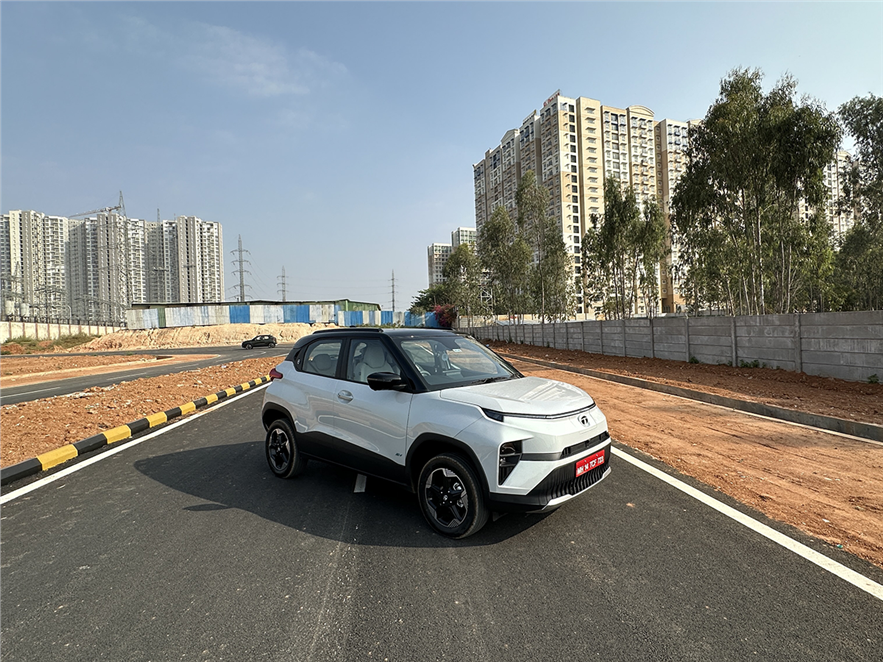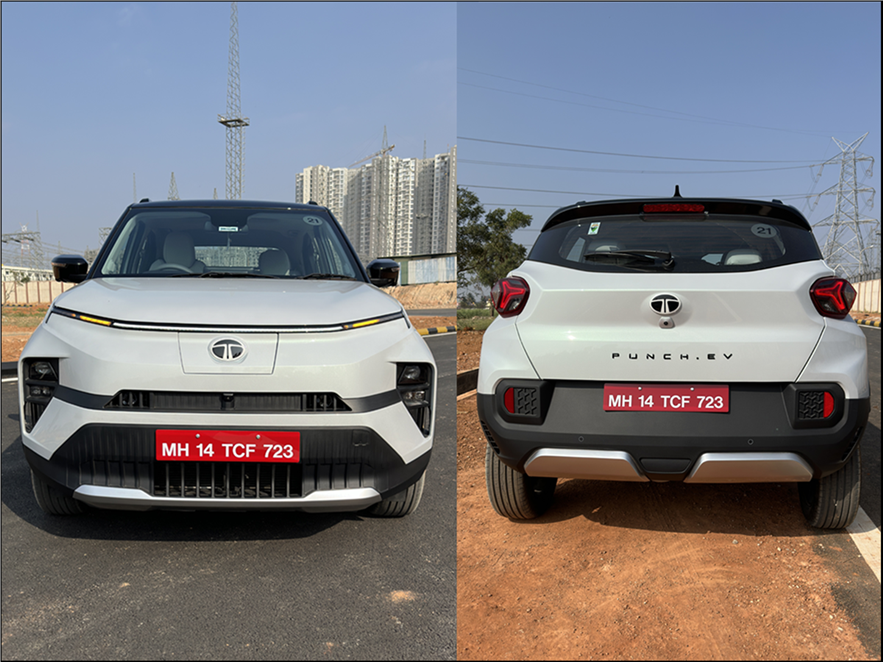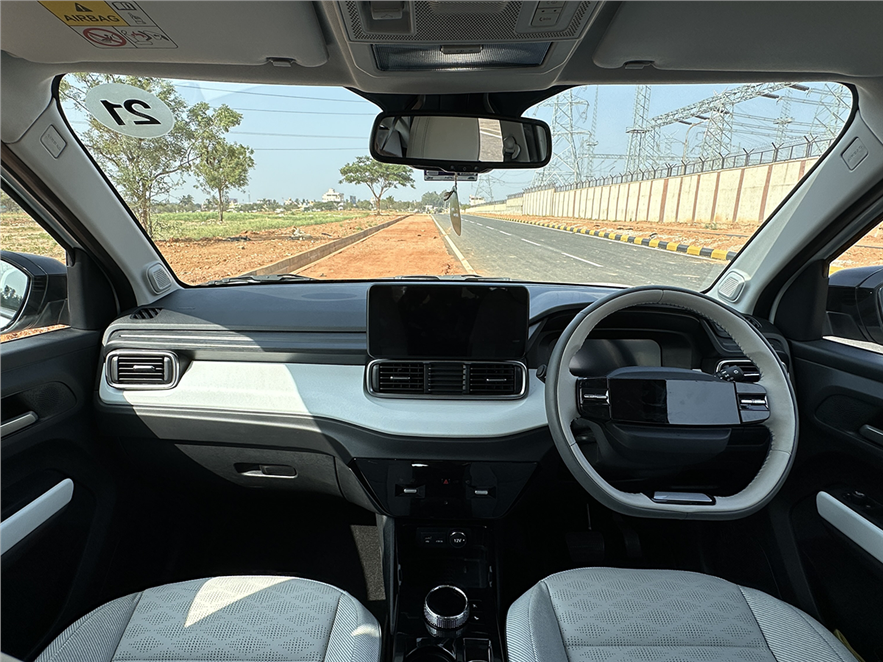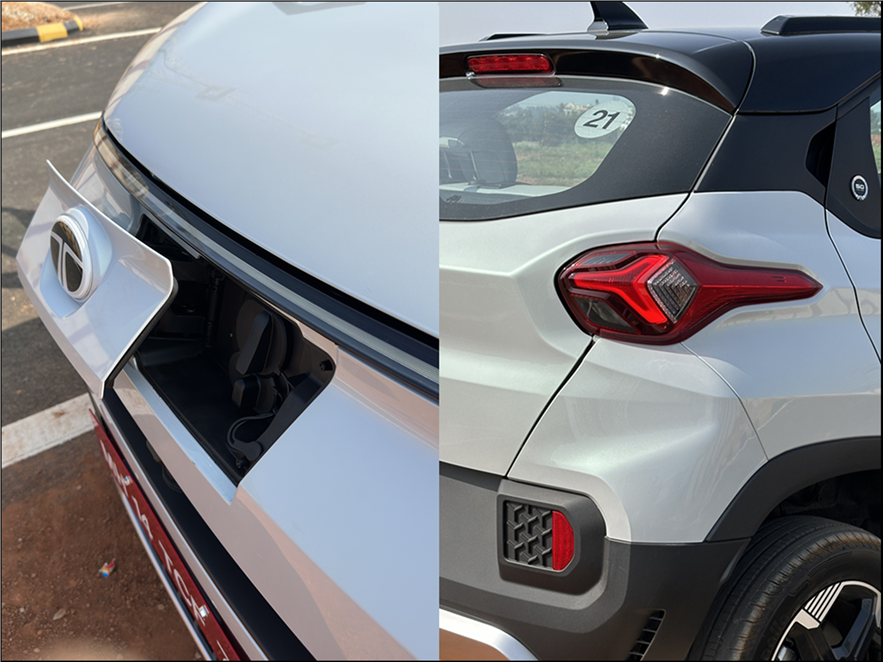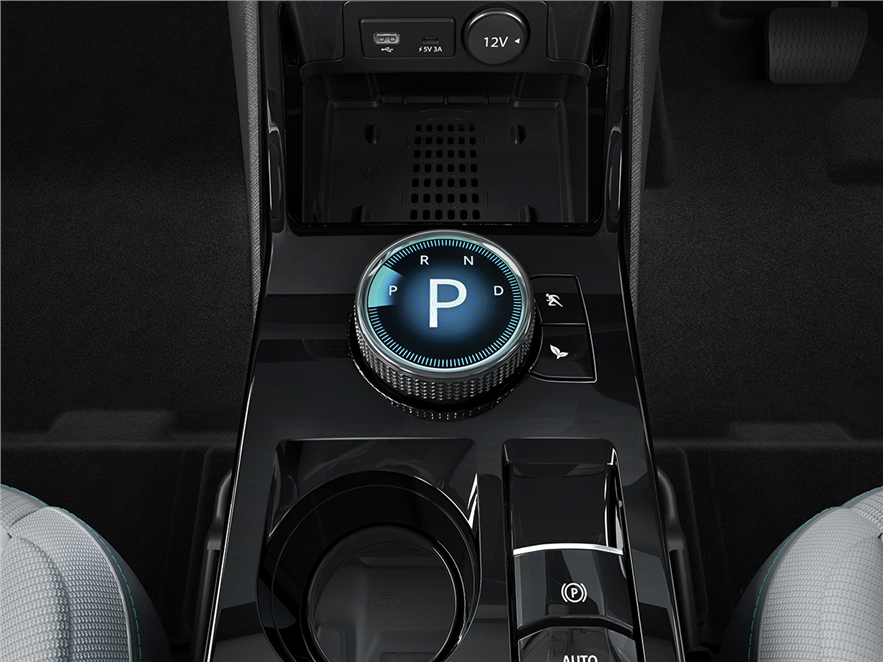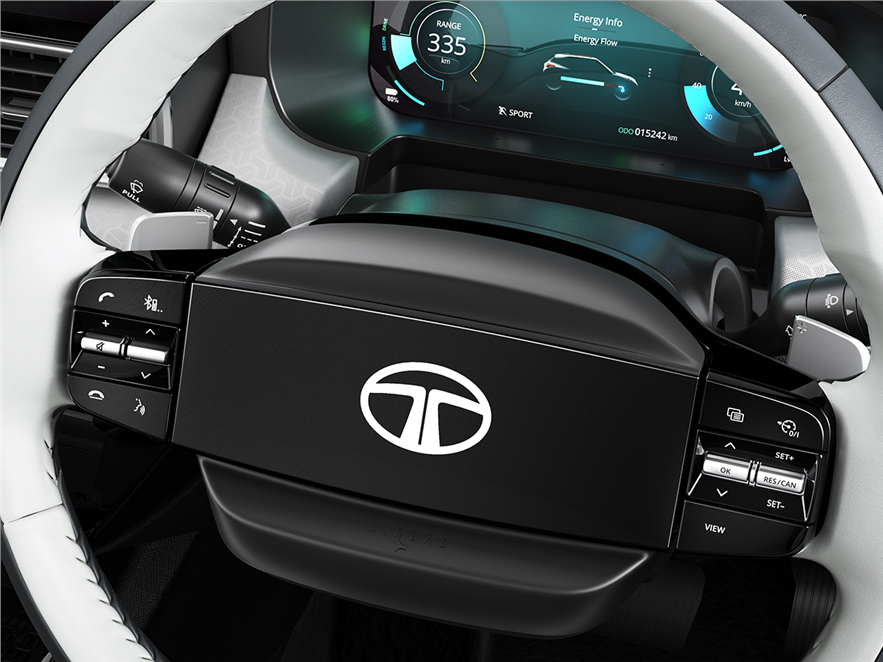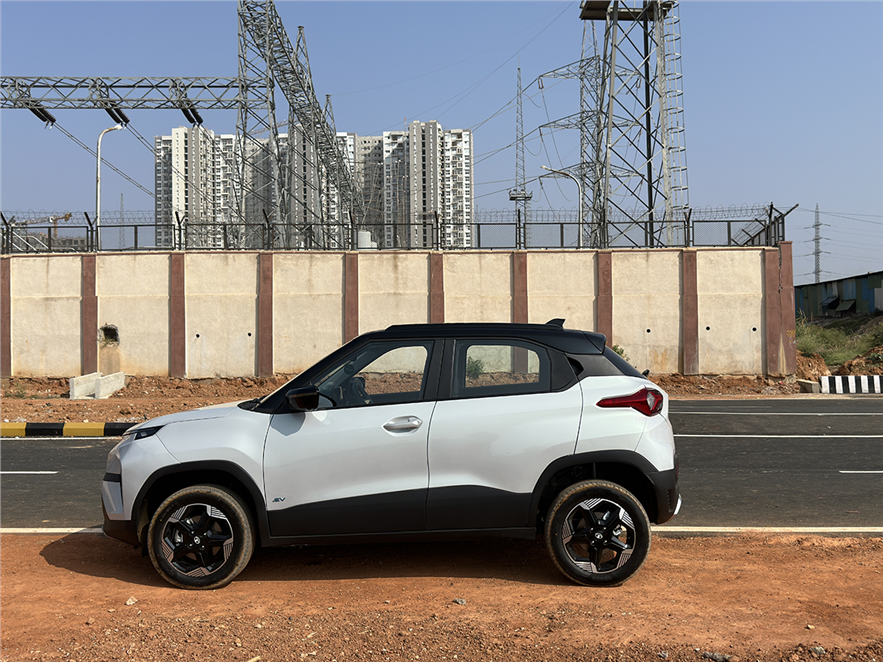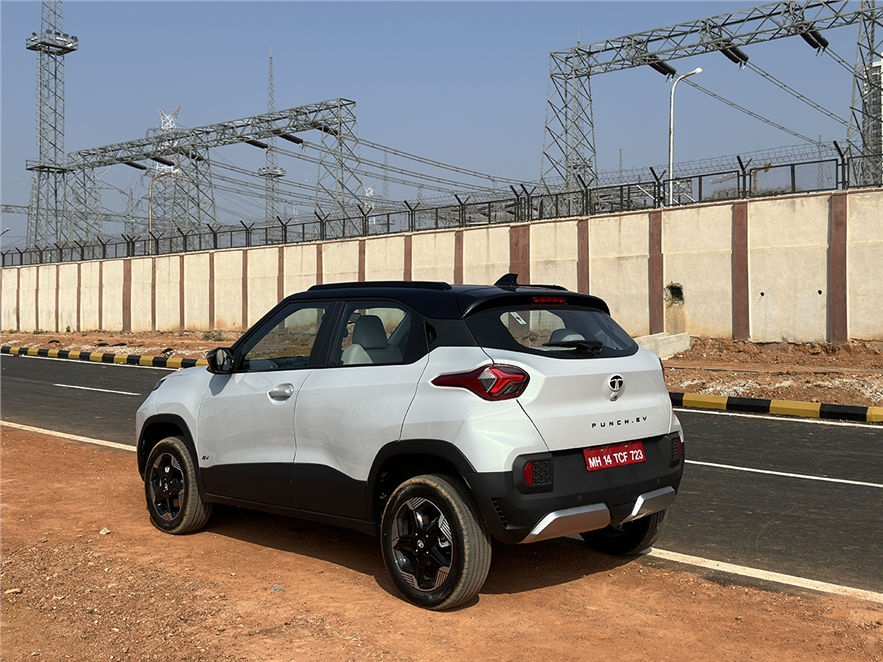Tata Motors has kicked off their 2024 launches with the Punch EV, christened Punch.ev as per the new terminology for their electric vehicles. With the Curvv EV and the EV variant of the Harrier expected this year, the brand has based this car on their new and future-ready pure EV architecture they call acti.ev (pronounced ‘active’). With most design and tech trickling down from the Nexon EV, the top variants are surprisingly capable. Speaking of variants, the car is available in three basic personas—Smart, Adventure, and Empowered. We drove the top-of-the-line Empowered+ in Bengaluru and even got the chance to try out its ‘urban offroading’ capabilities. Here are the stuff that matters in the new EV in town.
